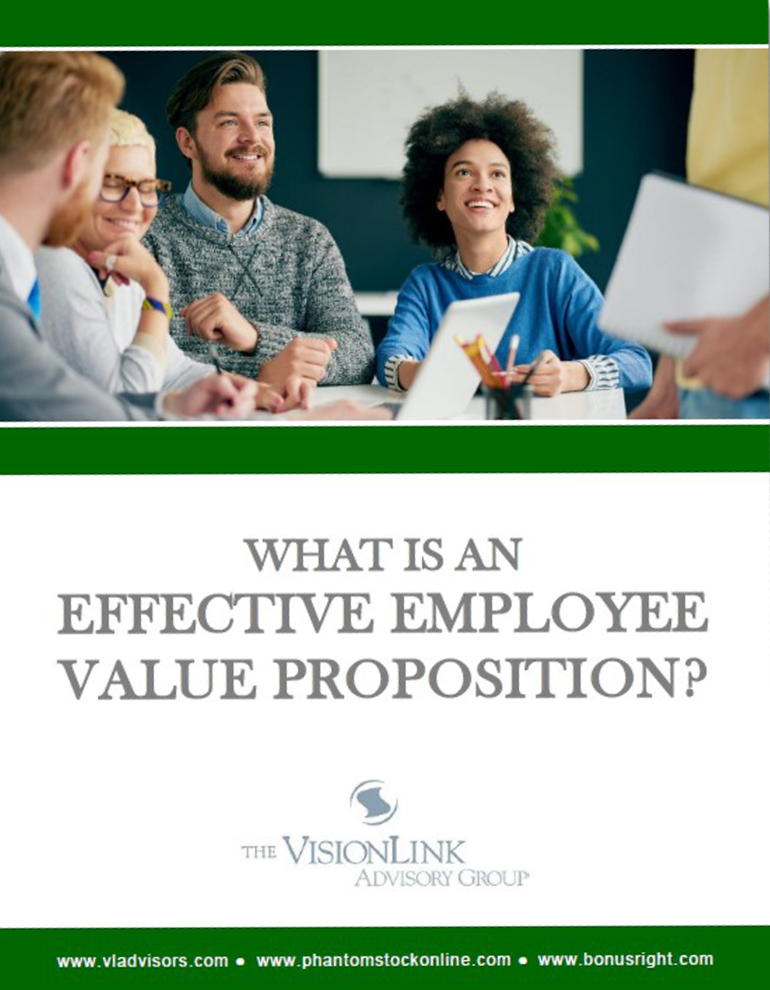
Free Report
What is an Effective Employee Value Proposition?
How to Define the Employee Experience
An employee value proposition is how your business distinguishes itself in the highly competitive talent market that now exists. It defines the employee experience someone will have with your organization and tells them why they should choose your company over your competitors.
So, what should your value offer include and what should it help you accomplish? More important, how do you ensure yours is distinctive and stands out? You will find the answer to these and other questions in this report.
There was a time when a company’s value proposition only needed to include a competitive salary and an adequate benefits plan. Those days are gone. Today, your employer brand and value offer need to be authentic, synchronized and irresistible. Download this guide to learn how to accomplish that.
This report will help you:
- Determine what should be included in your value proposition and what it should help you achieve.
- Attract growth partners, not just employees.
- Define the audience for your value proposition.
- Create a Total Rewards offer that ensures you will land the talent you most want to recruit.
- Develop a compensation plan that is complete, compelling and competitive.
Ready to Speak with a Compensation Expert?
Call 1-888-703-0080 or complete our contact form.